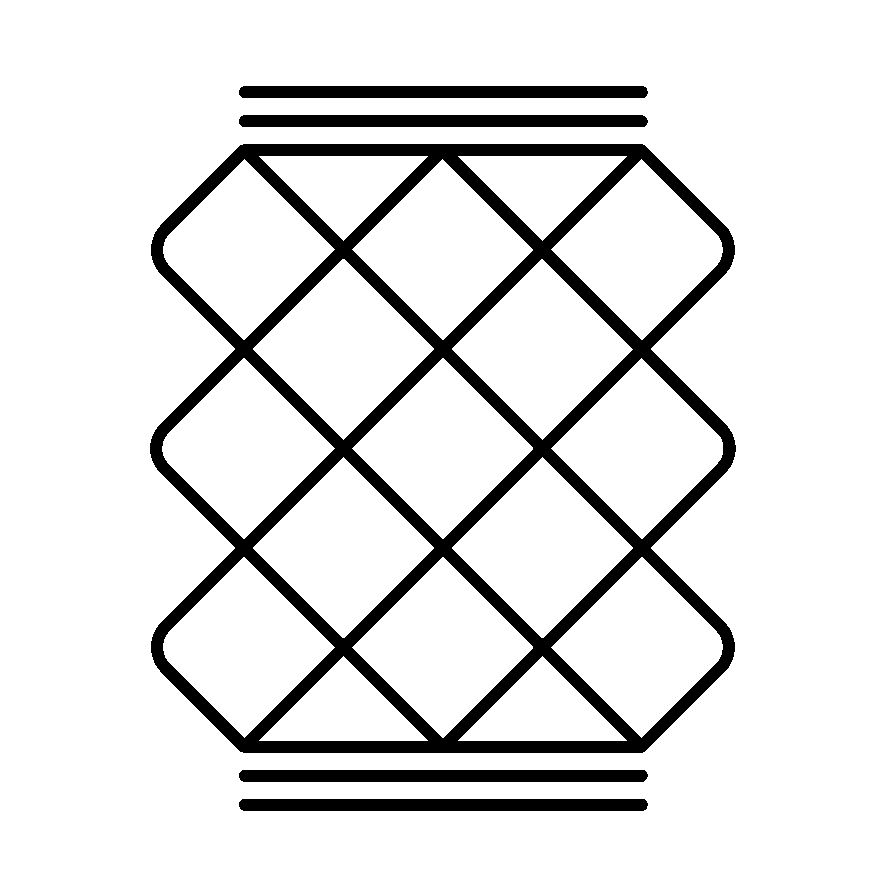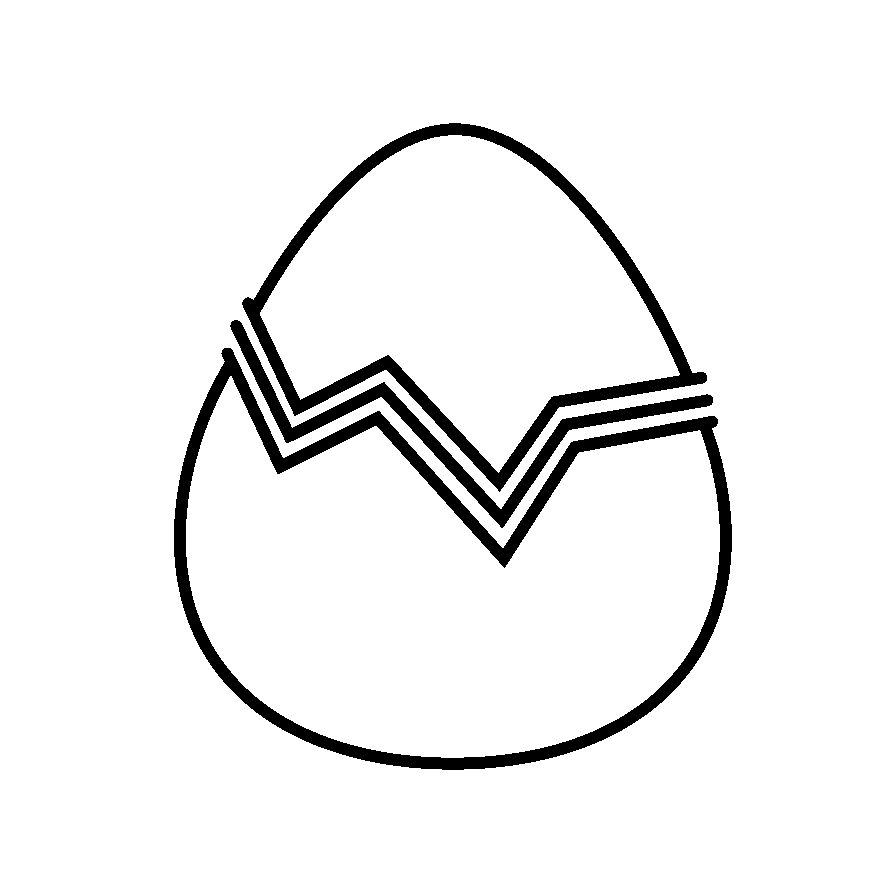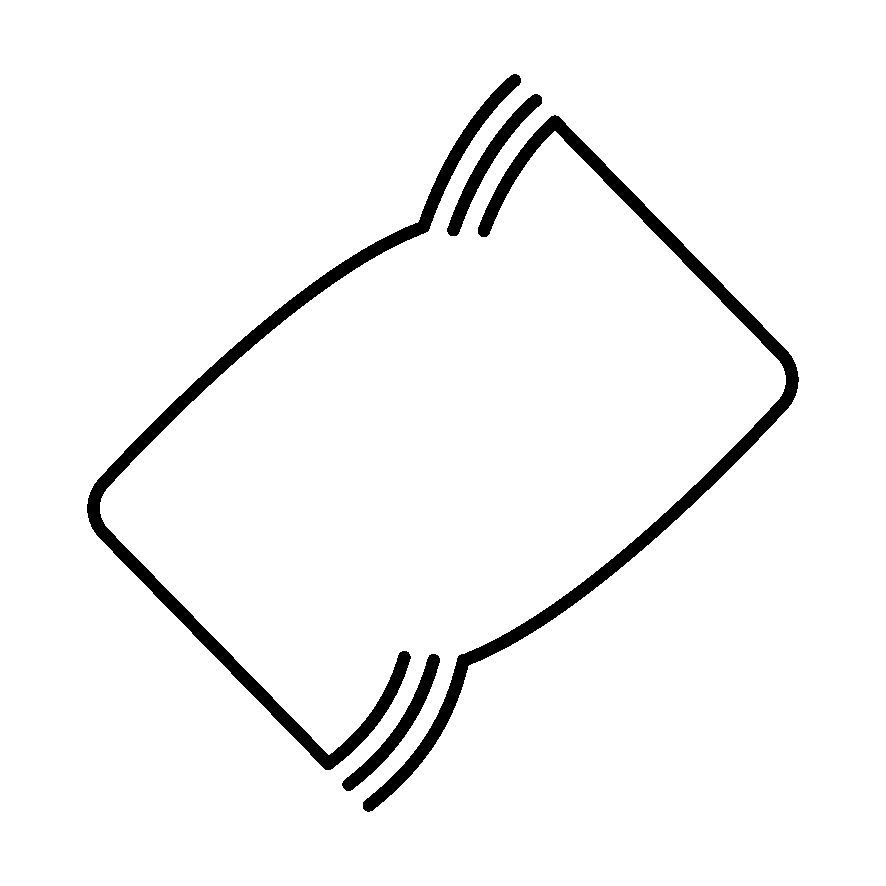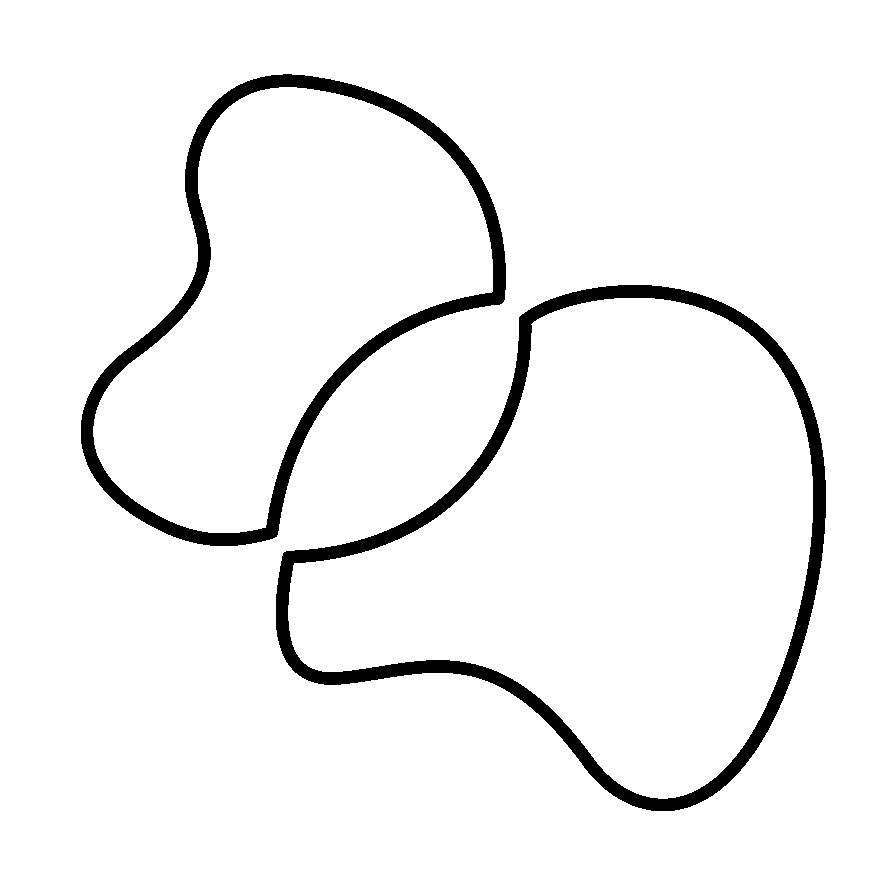obataimu fabrics
womb waffle
Concept + Process:
Except for sight it is believed by scientists that all of our other senses—smell, taste, touch, and listening—all come to life when we are in the womb. Before we are born. This pre-sight phase of cross-sensory investigation was our starting point for this fabric. Hence the name Womb Waffle.
We imagined a fabric that delivered a jumbled sensory experience—like a tongue twister. We wanted it to make you feel like you could taste color when you see it. We wanted it to make you feel like you hear the vibration of a calming sound bath when you stroke it. We worked off a 100% cotton base but wanted the fabric to look like something in between a t-shirt fabric and a cotton wool to deliver sensory confusion.
By a combination of picking the right needle work in the knit, using a fertile color palette from fruits and applying a bio-wash recipe after the dye (no bulk dyeing); we managed to create a fabric that feels like a cotton pillow, resembles a sweatshirt and takes color like cashmere. For us, this fabric is the core of Obataimu, it is our home-made broth.
Washcare:
100% cotton
biodegradable
hand-wash in cold water
dry-clean
do not machine-wash
best to steam
aeromul
Concept + Process:
Termites build their mounds using an extremely sophisticated understanding of ventilation. Engineers have been in awe of this design system since they discovered it. These creatures manipulate the openings and closings on the surface facade of their mounds, to ensure that they are perfectly cool on the inside when it is hot, and warm on the inside when it is cold. An adaptable environment that is ‘self-regulating.’ We learned of the Eastgate Centre in Harare (Zimbabwe) that was built by engineers who studied the termite mounds and performed bio-mimicry principles to eliminate the need for air-conditioning or heating throughout the building. The energy savings were enormous. Fascinated by this story, we decided to try and apply this logic to a madras mul-mul fabric to make it something you could live in all year round.
We achieved this by giving the fabric a steam bath with enzymes, after we give it a color. First, we use the enzymes to extract most of the chemicals in the dye from the fabric. Then we let the fabric get close to your skin. We use steam to loosen the knots in the weave till it feels much lighter yet surprisingly cosier (even though there is no fluff). We then double layer the fabric at the garment making stage (a Japanese tailoring technique of making two garments in one and rendering most stitches invisible on the outside). The double layering creates a vacuum between the two fabric layers that elevates how its breath flows.
Washcare:
100% cotton
biodegradable
hand-wash in cold water
machine-wash in cold water
dry-clean
best to steam
cropped cashmere
Concept + Process:
The process of obtaining pure cashmere is laborious, expensive and not as cruelty-free as we’d like to believe. The agricultural side has planetary impacts with 65% of Mongolia’s once biodiverse grasslands being degraded due to cashmere goat grazing. The breeding of animals who burp up methane is responsible for 474 million metric tons of CO2e each year.
We decided to develop a twill weave that has small air spaces making it warm without weight, while a zigzag herringbone surface gives it some texture. The result was our Cropped Cashmere—a 100% cotton that is brushed and trained to behave like cashmere. It is one of our softest and most luscious fabrics, characterized by the fineness of fibres. When dropped into a tub of dye, it takes in color like a canvas. We wanted to leave you with a fabric that looks like cashmere and feels like being engulfed in comfort.
Washcare:
100% cotton
biodegradable
dry-clean only
do not machine-wash or hand-wash
best to steam
liquid silk
Concept + Process:
We imagined a luxurious pure satin silk but with the ease and movement of water. The feeling of swimming in the dead sea; a fabric that effortlessly carries you away. Silks are usually things we wear to occasions and are associated with fussiness. We wanted a silk that you slip into when you come home and don’t slip out of. A man’s dream boxer.
A fabric that would ease the pain of polite conversation when worn out at social obligations yet make you feel grand in the home. Our palette tends to be exuberant. We dip the fabric in a round cauldron with an enzyme formula, concocted just for this silk, and whirl it with a stick while the infusion sets in. The result: what it feels like to kiss a mermaid.
Washcare:
100% silk
biodegradable
dry-clean only
do not machine-wash or hand-wash
best to steam
versatile khadi
Concept + Process:
Khadi is symbolic of India’s independence movement. A pure cotton still spun by hand on a wheel, it is usually crisp and slightly coarse. We have always loved the stiff look and deep cultural associations of Khadi—yet wondered how we could take a contemporary approach to it. We wanted a flexible Khadi so that we could play with the fabric in a wider range of patterns beyond saris, dhotis and the Indian style Kurta Pajamas—bringing Khadi into Japanese worker inspired cuts like our Parka. We started to play with various bio-wash treatments on the base fabric until we finally devised a formula that made the Khadi behave more like linen, while keeping it strongly rooted in the Khadi family.
Washcare:
100% cotton
biodegradable
dry-clean only
do not machine-wash or hand-wash
best to steam
clay cotton
Concept + Process:
A cotton t-shirt fabric that is 100% cotton, yet has a smooth finish like a ceramic glaze. We wanted its appearance to be substantial yet supple: “think clay!” Applying an enzyme glaze to the fabric once it was dyed helped us achieve something close to the sensation of a mud-bath.
It took a lot of trial and error for us to understand how to achieve a consistent hand-feel with this fabric treatment across different color tones. We mixed bright shades from the flora and fauna we photographed in the Jungles of Caño Cristales in Colombia, with a touch of black and an extra dose of white to finish. This color mixing technique was inspired by the Japanese French painter Leonard Foujita, famous for colorful greyscapes made with a secret white glaze recipe. Our Clay Cotton retains more of the dye from darker shades and therefore, we have to change the ratio of ‘enzyme to dye’ for each shade giving it its own formula.
Washcare:
100% cotton
biodegradable
hand-wash in cold water
dry-clean
best to steam
prismatic waffle
Concept + Process:
Through a series of knits and tucks in the needles of a knitting machine, an infinite number of patterns and textures can emerge. Among the thousands of variations, we developed a special waffle surface. A 100% cotton knit with an embossed texture that makes this pop with color. Like the engravings of a fresh pineapple—this fabric feels almost edible. Retro in its spirit, it embodies the joy and nostalgia of corduroy adapted to those who are lucky enough to live out their days in eternal comfort.
Washcare:
100% cotton
biodegradable
hand-wash in cold water
dry-clean
do not machine-wash
best to steam
imitation linen
Concept + Process:
While cotton and linen have similarities: the common misconception is that linen is a kind of cotton. Linen is actually made from the flax plant, not from cotton. Belgian and Italian linen are richer than Indian linen, while Indian cotton has unique and highly desirable feeling compared to many other cottons across the world. We decided to blend just a touch of Indian linen (9%) into a cotton base (91%) to create a hybrid of the two.
The result is a feather light Indian cotton, with a texture that strongly resembles European linen. We then used Obataimu’s favorite double layering trick when stitching the garment (double the work, but so worth it). This allowed us to stitch more serious, formally tailored shapes. Look at our tailored imitation linen shorts to catch our drift.
Washcare:
91% cotton 9% linen
biodegradable
dry-clean only
do not machine-wash or hand-wash
best to steam
cloud cotton
Concept + Process:
‘i like my body when it is with your body’
The poem by E. E. Cummings served as our inspiration when we were coming up with this fabric.
Are you someone who lives in a tee?
Do you have an old t-shirt you can never get yourself to throw away, even though it has holes in it?
Because it just feels better and better as it ages.
If so. This fabric is made for you. Like a cloud re-cycling itself, our trick here is that we pre-bundle wash this pure cotton knit over and over again (101 spins re-cycling the water at our effluent plant) until it feels old, yet we keep it looking spanking new. This fabric is the closest thing we have to keep you feeling like you are wearing nothing. However, the downside of this is that if you are in the mood to conceal this is not the right choice. It is delicate to care for. But if you have a lover or a pet or child, we promise they will love you more when you are in this.
Washcare:
100% cotton
biodegradable
hand-wash in cold water
dry-clean
best to steam
vaporized viscose
Concept + Process:
Viscose (known as rayon in North America) since it was invented has been thought of as the plant alternative to silk, made from cellulose. However, the process to convert pulp to viscose is a chemical one. Viscose is most commonly blended with synthetic fibres to make it cheaper and more durable; an easy imitation of expensive natural fabrics such as satin silk. This is the kind of viscose that does not interest us.
Viscose left pure however it has benefits. It uses less water than cotton for irrigation, the chemical processing is significantly less intense than when it is blended with synthetics (and can be managed responsibly). It is 100% biodegradable with zero micro plastic emissions. Common examples of this are bio-based modal and lyocell.
So we started working off a pure bio-based modal woven like a cotton instead of a knit. We sought after the slinkiness of silk with the weight and texture of cotton. A masculine matte sheen yet with a feline quality. So we box the fabric in a bio-vapor after it is dyed—like a sauna that totally relaxes it, releasing all the tension in its binds. The result is a fabric that embodies the decadent spirit of a fetishist’s midnight feast.
Washcare:
100% modal
biodegradable
hand-wash in cold water
dry-clean
do not machine-wash
best to steam
teaser silk
Concept + Process:
A 100% heavy silk sari georgette that is given a bio-thinning process after its dye, to lighten it’s weight, and to strip it down to its most basic self. Allowing us to use it for more contemporary shapes like pants, shorts and jumpsuits. Translucent in character, it’s fantastic for play with silhouettes and shadows. It absorbs color like a blotch, allowing us to deeply explore the nuances of the relationship between color and aura. We always layer this fabric once, twice and in certain places even four times when devising patterns for it. Manipulating this fabric has been more of an experience in architecture than a textile adventure.
Even though like all our fabrics, this one is super soft too, it is sadly our only fabric that is not nap friendly. It is intended more for an after-work special occasion.
Washcare:
100% silk
biodegradable
dry-clean only
do not machine-wash or hand-wash
do not remove stains without a dry cleaner
best to steam
yoganomic modal
Concept + Process:
Functional work-wear or sleepwear need to be thought through ergonomically. Obataimu also designs commissioned couches and loungers, and so we spend a lot of time contemplating ergonomics and ‘resting positions’. It occurred to us that Western Ergonomics suggests that there are just a few ways to sit: upright, reclining or flat. While yoga proposes that there are infinite ways to rest. This can be learned and adopted into practice through the observation of nature. It is this ‘yoganomic thinking’ that we wanted to bring into the spirit of our fabric.
We used a 97% bio-modal and 3% Elastane (deliberately keeping it under 5%, making it biodegradable and its micro-plastics to a minimum). Just the touch of elastane allows this modal to be flexible without being too stretchy. We wanted it to be able to hold you sometimes, shape you sometimes, and drape you at other times. We even quilt it, combining two layers of the same fabric allowing us to use it like sculpture.
Similar to Cloud Cotton, we spin this fabric in a pre-bundle wash to give it that precious worn-in feeling. We adapt its use from travel, to sleep, to athleisure, to performance art.
Washcare:
97% modal 3% elastane
biodegradable
dry-clean only
do not machine-wash
do not hand-wash
best to steam
naked slub + aeromul
Concept + Process:
It has taken us upto 5 years of research and development to achieve our desired result on this brief. What we were going for was a ‘chamber of softness’, that one can slip into like a fuzzy cocoon, that makes one feel so comfortable with themselves, that it actually behaves like a psychological tool. A comfort object, more than a fabric that treats anxiety and transposes an environment of calm upon your body. We were unable to achieve this with any one single fabric. So, after 3 years of development, we decided instead to combine two fabrics creating a strategic vacuum between the double layering that helps us achieve the cocoon feeling.
We combined our Aeromul fabric (explained above) with what we call a Naked Slub (a blend of viscose and polyester). Our Naked Slub is made from deliberately uneven and asymmetrical yarn to create a texture that feels a bit like hand-made paper. We only use it thoughtfully in our ‘it’ section for the home, for two products that we consider lifelong—the adult swaddle and the nightingale (gown).
Washcare:
non-biodegradable
dry-clean
best to steam













